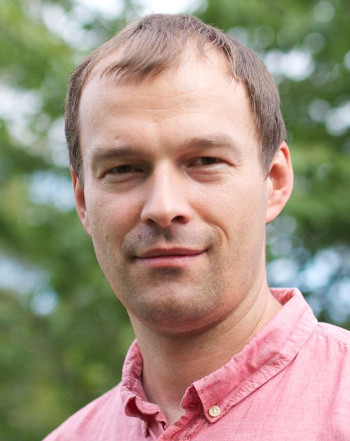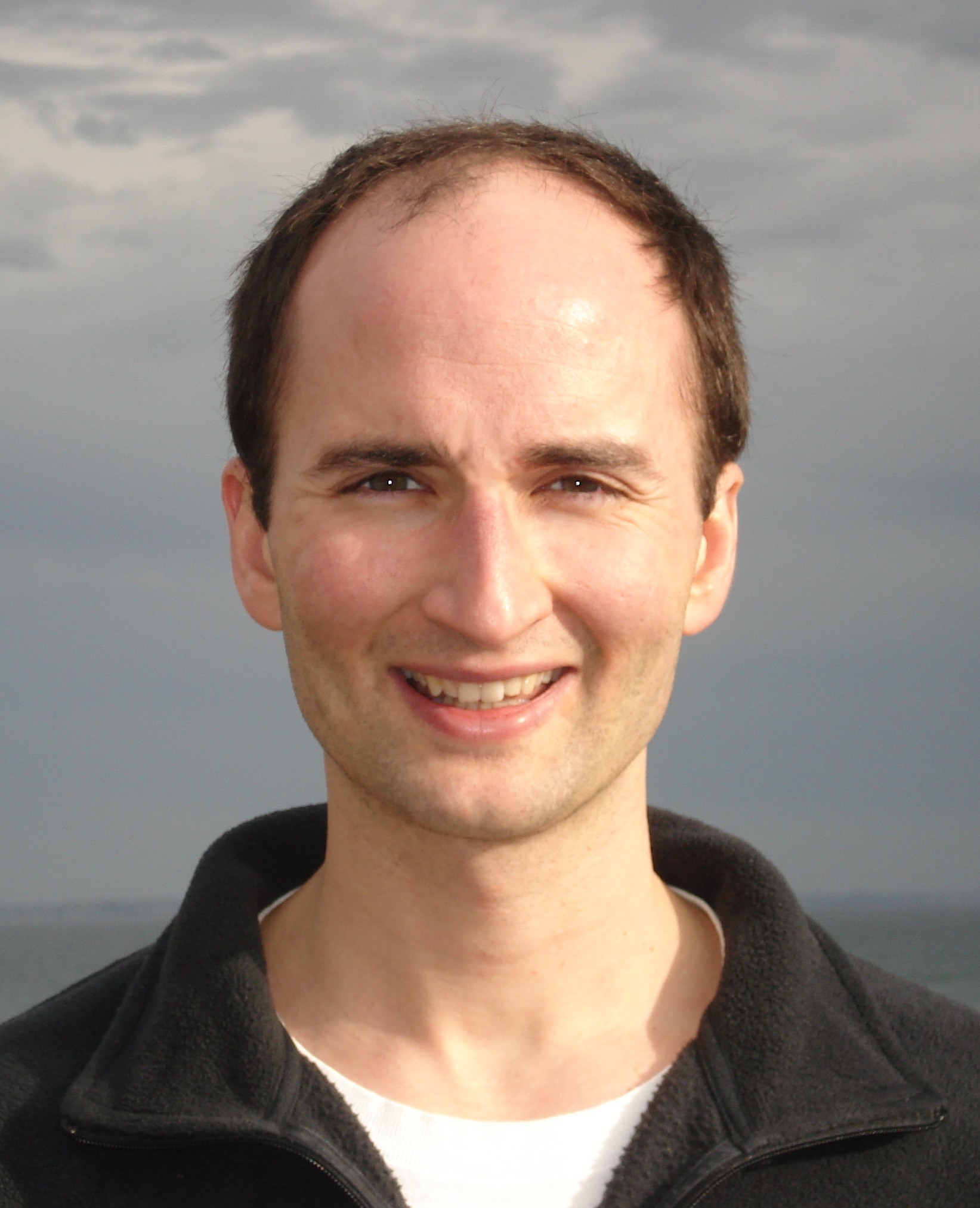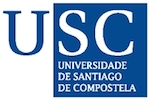
June 16, 2015 at CITIUS. Follow the link for location details.
Luis Alexandre Univ. da Beira Interior, Portugal
Maria Vanrell CVC Campus UAB, Spain

He received his Ph.D. in computer science from the Czech Technical University in Prague in 2008. He works as machine learning researcher at The Swiss AI Lab IDSIA. His research is mainly focused on artificial neural networks, recurrent neural networks, evolutionary algorithms and deep-learning applied to reinforcement learning, control problems, image classification, handwriting and speech recognition.
We are currently experiencing a boom in machine learning, especially with methods that go under the name Deep Learning (DL). Although the principals underlying much of DL were already in place a few decades ago, the availability, in the last 5 years, of affordable, massively parallel computing hardware in the form of graphical processing units (GPUs) has finally made these methods applicable to large class of real-world perceptual tasks. This tutorial will provide self-contained elucidation of the two fundamental deep learning methods: (1) feed-forward neural network architectures with convolution layers that can solve sophisticated, static perception problems (e.g. object recognition and segmentation), and (2) recurrent neural networks (the "deepest" networks) that are suitable for problems characterized by sequential data; primarily the Long Short-Term Memory network, which is currently the state of the art for speech recognition. I will also cover the most recent developments in the field (e.g. local competitive units, ReLu, autoencoders, scanning convolutional networks, multiplicative, gating units etc.), providing mainly practical insights such that you can start your deep-learning project immediately after participating in this tutorial. Although it is has been widely claimed that the deep learning is here to solve the general artificial intelligence, I will caution that for now it only contributes to solving perception, an important but small part of a complete hypothetical AI system, and allude to ways forward in applying connectionist solutions the higher-level, cognitive function.

Daniel Cremers is a professor for Computer Science and Mathematics at the Technical University of Munich. He received Bachelor degrees in Mathematics (1994) and Physics (1994), and a Master's degree in Theoretical Physics (1997) from the University of Heidelberg. In 2002 he obtained a PhD in Computer Science from the University of Mannheim, Germany. Subsequently he spent two years as a postdoc at the University of California at Los Angeles and one year as a permanent researcher at Siemens Corporate Research (Princeton). From 2005 until 2009 he was associate professor at the University of Bonn, Germany. Since 2009 he holds the chair for Computer Vision and Pattern Recognition at the Technical University of Munich. Daniel is interested in computer vision and optimization with a particular focus on image-based 3D reconstruction, 3D shape analysis and convex variational methods. His publications received several awards, including the Best Paper of the Year 2003 by the Int. Pattern Recognition Society, the Olympus Award 2004 by the German Pattern Recognition Society and the 2005 UCLA Chancellor's Award for Postdoctoral Research. He is recipient of an ERC Starting Grant (2009) and an ERC Proof of Concept Grant (2014). In December 2010 the magazine Capital listed Prof. Cremers among "Germany's Top 40 Researchers Below 40".
Variational methods are among the most classical and established methods to solve a multitude of problems arising in computer vision and image processing. Over the last years, they have evolved substantially, giving rise to some of the most powerful methods for optic flow estimation, image segmentation and 3D reconstruction, both in terms of accuracy and in terms of computational speed. In this tutorial I will introduce the basic concepts of variational methods. I will show how problems like image segmentation, stereo and 3D reconstruction can be formulated as variational problems. Subsequently, I will focus on recent developments of convex optimization, convex relaxation and functional lifting which allow to compute globally optimal or near-optimal solutions to respective energy minimization problems. Experimental results demonstrate that these spatially continuous approaches provide numerous advantages over spatially discrete (graph cut) formulations, in particular they are easily parallelized (lower runtime), they require less memory (higher resolution) and they do not suffer from metrication errors (better accuracy).




